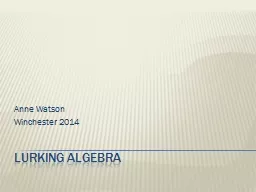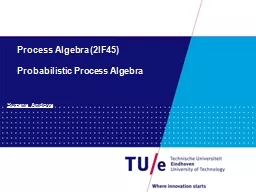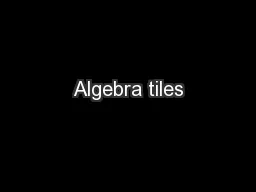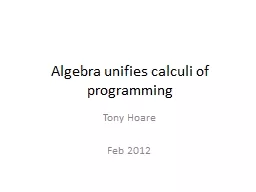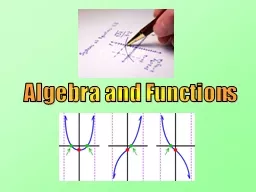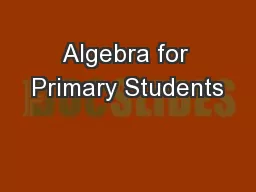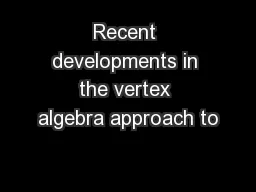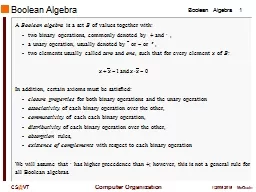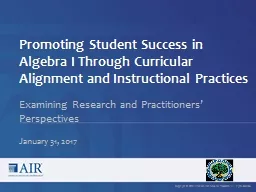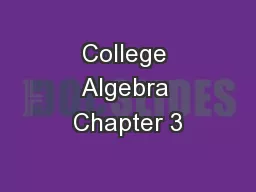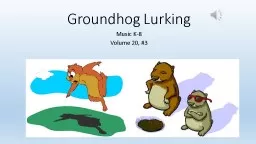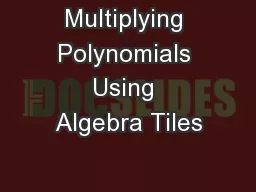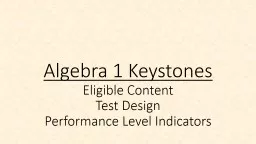PPT-lurking algebra
Author : yoshiko-marsland | Published Date : 2017-04-27
Anne Watson Winchester 2014 Big issues for today Algebra Division What is algebra What are the prealgebraic and algebraic experiences appropriate for primary children
Presentation Embed Code
Download Presentation
Download Presentation The PPT/PDF document "lurking algebra" is the property of its rightful owner. Permission is granted to download and print the materials on this website for personal, non-commercial use only, and to display it on your personal computer provided you do not modify the materials and that you retain all copyright notices contained in the materials. By downloading content from our website, you accept the terms of this agreement.
lurking algebra: Transcript
Download Rules Of Document
"lurking algebra"The content belongs to its owner. You may download and print it for personal use, without modification, and keep all copyright notices. By downloading, you agree to these terms.
Related Documents

